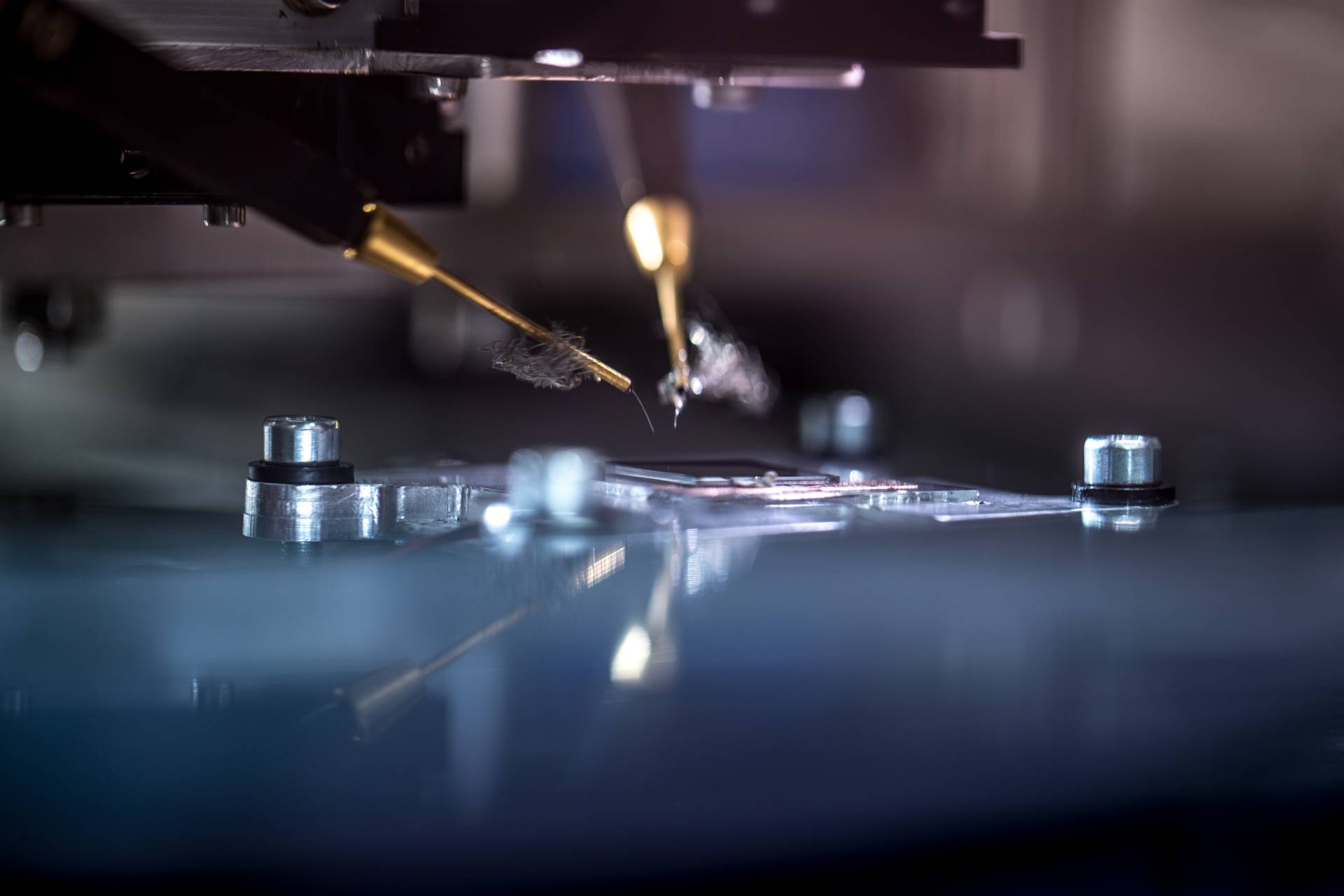Energy transition is transforming Dutch industry
On Wednesday, June 5, suppliers and end users gathered in the Basilica for the cardinal issue: Energy.
The Basilica in Veenendaal is familiar territory. The exhibitors of Energy in Industry start trickling in from half past seven. After the first cup of coffee, the exhibitors routinely set up their stands and you can tell from the practical nature of their questions that they know their way around and feel at home.
“Welcome, it’s great that you’re all here,” Roelof Kuipers, Industrial Automation sector manager, opens the event. He proudly invites everyone to focus on the main stage. The speakers of the first lecture are ready, the event is open.
Coca-Cola
Kris Moortgat and Eva Amsterdam from Coca-Cola Europacific Partners (CCEP) walk onto the stage and thank Roelof for the introduction. Eva enthusiastically starts talking about Coca-Cola's sustainability ambitions. CCEP has the ambitious goal of being carbon neutral by 2040. “Coca-Cola is committed to continuing to reduce CO2 every year,” says Eva. “But,” she emphasizes. “We can only achieve this goal if we prioritize sustainability and CO2 reduction together with our suppliers.”
Kris Moortgat emphasizes the sustainability transition of the Coca-Cola factory in Dongen, Brabant. Here, Coca-Cola Netherlands produces 600 million liters of soft drinks per year. This factory has already made enormous steps and is now in the final phase: electrification. The goal is a gas-free factory.
“What have we learned?” Eva concludes. “Think big. Now that we look back on the entire sustainability process in the factory in Dongen, we should perhaps have tackled it even bigger.”
Ten slides
Immediately after the opening by Kris and Eva, the visitors split up into two groups. The first group walks up the stairs to the small hall, where DWG gives a presentation on Energy insight through digitalization. And I walk with the second group to the small seminar room De Taverne, where Hilko den Hollander presents the energy transition in ten slides on behalf of KROHNE.
In ten slides, Hilko paints a disturbing picture. He translates the large abstract numbers into practical examples. For example: the largest oil container ship, which just fits through the Suez Canal, has room for a million oil barrels. This is just enough to supply us with oil for fifteen minutes. Our global oil thirst is unprecedented and still unmatched. With a sense of drama, Hilko states: “Within 15 seconds, we slurp an Olympic swimming pool full of oil.”
To tame our energy demand, Hilko proposes that we use the available energy more sparingly. “Ultimately,” says Hilko. “The energy issue is a financial issue. We have to pay the bill somewhere and it can’t end up anywhere else than with ourselves.” The point of the story is the open question: “How do we deal with this? Are we prepared to pay more for green produced steel?”
SABIC
After lunch, Wim Kannegieter from the Dutch Bakery Association steps onto the stage. He gives a motivating presentation about the future bakery. As Wim leaves the stage, the visitors spread out over the exhibition floor. After the substantive seminar program in which JUMO, WAGO, ABB and Phoenix Contact each make a separate contribution. Kiki Crombag concludes the day on behalf of SABIC.
“The world will have ten billion people in 2050,” Kiki states matter-of-factly. And then she asks herself the question: “What is SABIC doing in the field of sustainability and how do we keep the world of 10 billion liveable?” She is convinced that fossil fuels will no longer form the basis of SABIC in the future. But even in 2050, the world cannot do without plastics.
And then comes the logical question what is SABIC's role in a world where circularity and decarbonization are only increasing priorities. The chemical industry must make the transition from a linear economy to a more circular economy.
SABIC's goal is climate neutral by 2050. “And,” Kiki adds, “we want to achieve this in Europe by 2050.”
“Traditionally, the chemical industry has been risk-averse, conservative and not very collaborative,” Kiki admits. “But now, forced by the scale of global projects and the huge investments involved, parties like SABIC are forced to collaborate.”
FHI welcomes this development and hopes that mutual cooperation between the chemical and oil companies will accelerate the energy transition.
Energy in Industry is at a crossroads. Will the energy transition continue or will we fall back into old habits?
Related companies
